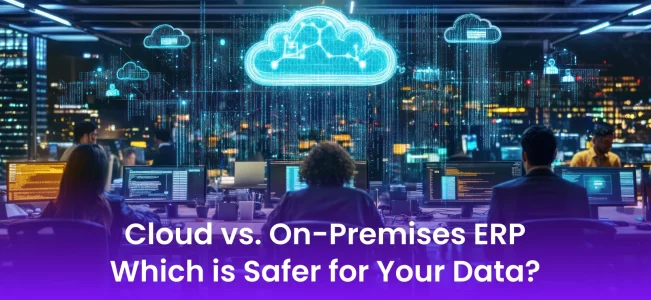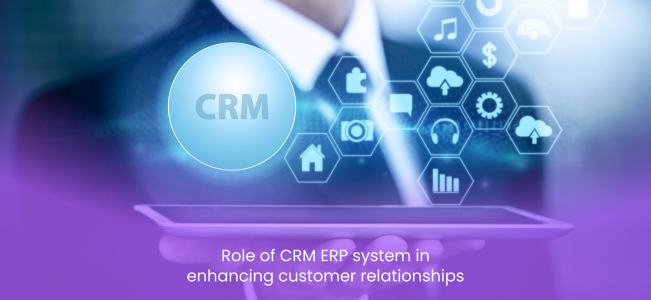The 7 Reasons ERP Projects Fail and How to Avoid the Pitfalls
Employing an Enterprise Resource Planning (ERP) system can revolutionize business operations, but numerous companies face encounters that result in project failure. Studies reveal that about half of all ERP projects fail, normally due to concerns during the employment phase. Here are the seven key and most common aims ERP projects fail and how to avoid them.
-
Lack of Well-Defined ERP System Goals
Without clear goals, ERP projects can lose focus, resulting in unmet expectations and confusion across departments. Different departments may have conflicting requirements, making it difficult to prioritize objectives.
- How to Avoid It:
Clearly define the goals of the ERP system at the beginning. Confirm that every department is on the same page concerning the goals of the system, such as boosting analysis, reducing errors, or boosting productivity. Prioritize these goals and create a roadmap to stay on track.
-
Project Team Lacking Required Skills
A lack of expertise can result in poor decision-making and employment inaccuracies. Without the right project manager and key users from several departments, the ERP system might not cater to business requirements efficiently.
How to Avoid It:
Gather a skilled project team with varied expertise, including project managers, IT professionals, and key users from diverse departments. Make sure the team has the understanding to recognize and address business needs and challenges.
-
Lack of Adequate Management Commitment
ERP projects need a significant amount of time and resources, and without strong support from leadership, they are likely to fail. Management must be enthusiastically incorporated in both decision-making and daily support.
How to Avoid It:
Safeguard active commitment from the management team. They must provide clear communication, allot required resources, and remain engaged during the project. Leadership support helps preserve momentum and decide over challenges quickly.
-
Fail to Communicate Openly
Poor communication can bring confusion, resistance, and intervals in the ERP implementation. Employees might not fully comprehend the system’s purpose or the project’s growth.
How to Avoid It:
Encourage open communication from the beginning. Schedule regular meetings, deliver status updates through emails or newsletters, and make project information easily available to everyone involved. Visibility helps build trust and make sure alignment all over the project.
-
Resistance to Change
Employees may struggle adopting the new ERP system due to the dread of change or lack of understanding of its benefits. Resistance can disturb the project and delay successful implementation.
How to Avoid It:
Address employee concerns initially by clearly describing the advantages of the new system. Offer comprehensive training and engage employees in the process to decrease fear and promote acceptance. Change management approaches will help smooth the transition.
-
Unclear Production Workflow
An ERP system cannot be tailored to specific business needs without an extensive understanding of existing workflows. Wasted time and resources could originate from unclear or inefficient processes.
How to Avoid It:
Document and assess existing processes before the ERP system employment. Optimize workflows and recognize areas for enhancement to make sure the new system addresses inefficiencies. This upfront work guarantees that the system supports your business objectives.
-
Underestimating Data Migration
Data migration is often underestimated, and poor data quality can lead to system errors and interruptions after the implementation. If data is not accurately cleaned and planned, it can cause substantial problems.
How to Avoid It:
Ensure that data is cleaned, authenticated, and precisely mapped before migrating to the ERP system. Test the migration process and make any issues correct during simulations to make sure smooth data transfer and accurate reporting.
Conclusion
ERP implementation can offer significant advantages to a company, but it needs careful planning, clear goals, and efficient management to avoid common pitfalls. By describing objectives, engaging leadership, confirming open communication, and addressing employee concerns, businesses can set their ERP projects up for success and gain the complete benefits of simplified operations and enhanced efficiency.












